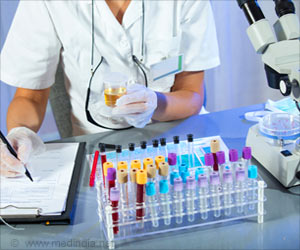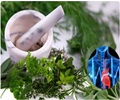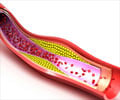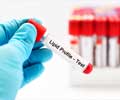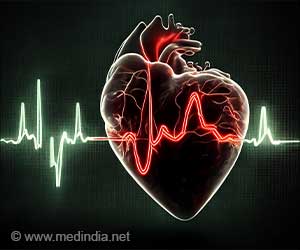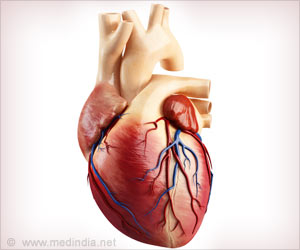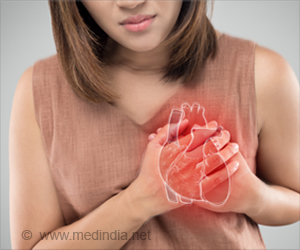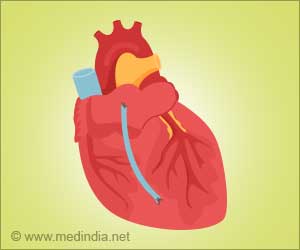Two standard methods used helps to differentiate native LDL particles, which are seen in healthy people from their modified forms, which mimic the respective diseases.
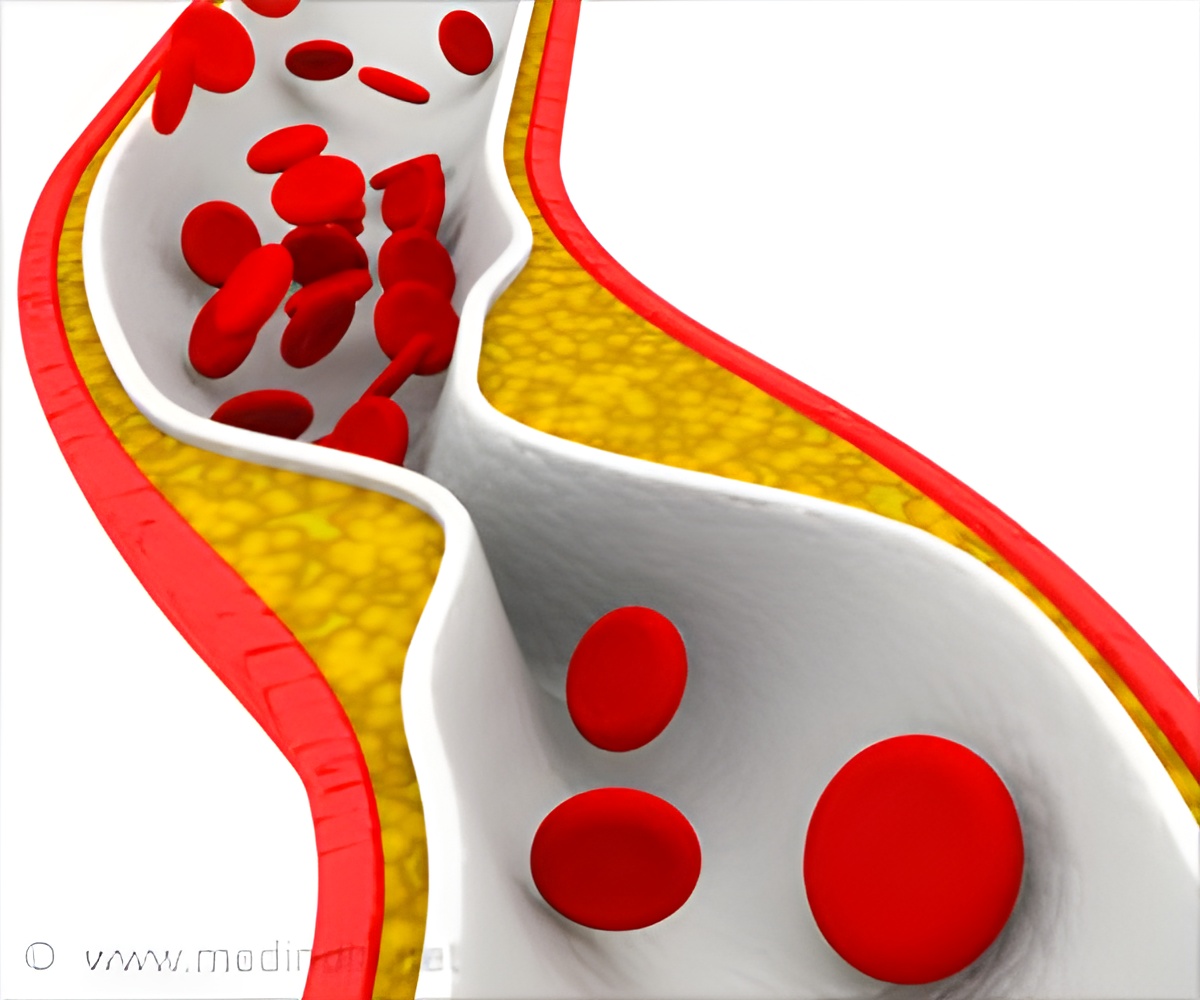
‘In healthy people, increasing the pressure on LDL particles increases their flexibility under pressure.
’





For instance, a specific kind of natural nanoparticles, called low-density lipoproteins (LDL), are fascinating scientists because their modification plays a key role in people affected by high cholesterol. They are also known for their role in the formation of atherosclerosis.Judith Peters from the University Grenoble Alpes and the Institute Laue Langevin, Grenoble, France and colleagues from the Medical University of Graz, Austria, mimicked variations of LDL found in people affected by such diseases.
They then compared their responses to temperature variations and increased pressure with those of lipoproteins found in healthy people.
Their findings, recently published in EPJ E, show that the LDL from healthy people behaved differently when subjected to high pressure compared to LDL affected by the common diseases studied. To study the differences between native LDL particles found in healthy people and their modified forms, which mimic the respective diseases, Peters and colleagues relied on two standard methods. They used a method called calorimetry to determine the transition temperatures between different LDL phases.
At the same time they used another method, called elastic incoherent neutron scattering, while applying pressure to shed light on the molecular motions within the particles: a novel approach, since neutron experiments are rarely combined with high pressures, due to the technical difficulties involved.
Advertisement
In fact, a rise in temperature increased their dynamics at the molecular level. However, when the authors increased the pressure on LDL particles, they found that their flexibility actually increased under pressure in healthy people.
Advertisement
Source-Eurekalert



